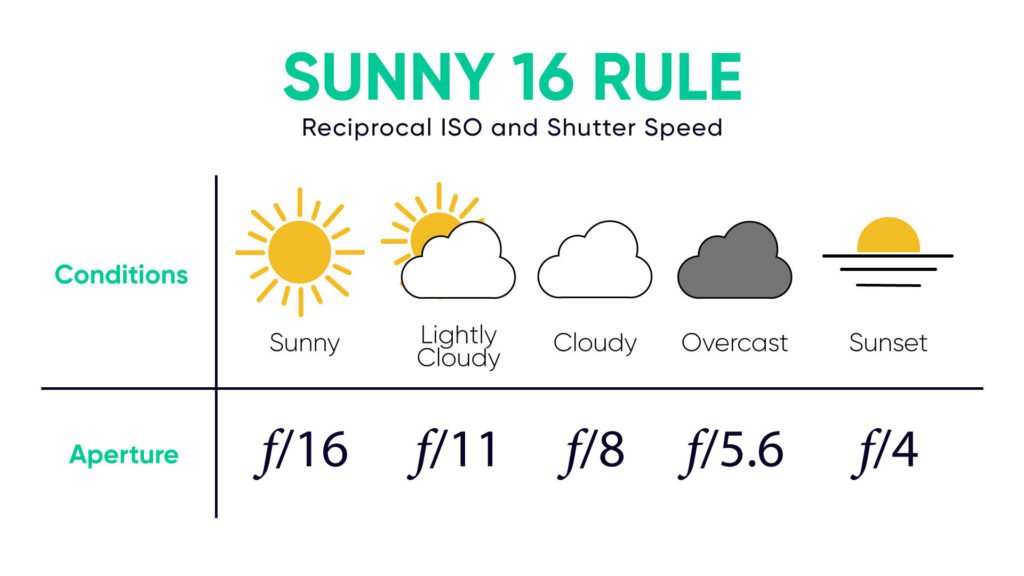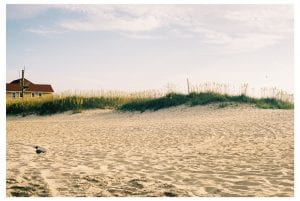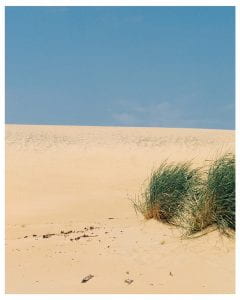You’ve done it, you’ve managed to find a film camera, you got some rolls of film, and you’ve loaded up and are ready to go. The thing is, what if you don’t know where to begin? Maybe your friends like to take pictures on cameras they own, but they don’t take them on a film camera. What if they don’t understand the correct shutter speed they should be using and just rely on the camera’s assistance? You’ll have to figure out how to use that film camera somehow. Luckily for you, I know a thing or two that can help you out. A rule so valuable to film photography, you’ll never forget it when taking any shot. I’m gonna teach you the rule of sunny 16!
This isn’t some film photography exclusive. Although it is the main way of knowing how to shoot film pictures depending on where you are, this rule can apply to anyone with a camera in their hands whether that’s film or DSLR. The last thing you want to see when shooting film is completely over or under-exposed images.
Once when I was first starting shooting Film photography, I went on a road trip with my friends to go see a car show. It was held outdoors on a bright and sunny day but quickly changed to partly cloudy, followed by overcast conditions. I should also mention that we stayed until after dark when I continued to take pictures. During this time I was unaware of the sunny 16 rule and was under the impression that some form of the camera settings I saw at the time was fine for the whole day. Boy, was I wrong. When I got my film roll developed, some of them looked like decent pictures, some of them looked like there was an outline of a car, and some of them didn’t look like anything. I was so bummed out. I lost the images from such a great day and getting film developed isn’t exactly cheap.

After doing some research, I discovered the sunny 16 rule. Essentially, sunny 16 dictates what aperture you should be taking pictures at depending on the conditions you’re shooting in. The aperture of a camera changes how much light is filtered into the film when the picture is taken. That’s why your aperture should be set to 16 on a bright and sunny day. 16 restricts just about as much light as possible making the pictures look just right.


The camera I use is a Canon AE-1 Program and can go to an aperture of 22. I always thought this setting was a bit overkill until I took a trip to the Outer Banks. With the bright sun beating down on the sand I finally got to see f/22 in action and these images are among the favorite I’ve ever shot.
When you go out to take your next couple of pictures, look at a sunny 16 description image on google to refresh yourself. Each camera is a little bit different so, it’s a trial and error thing but remember to enjoy it. Shooting film photos should be about capturing the moment and having fun. I hope I was able to give a little tip and explain sunny 16 with this post. Personally, I enjoy learning things from videos so, if you’re interested in seeing that like I would be, I’ll post the video to one of my favorite film photographers explaining it below.
If you like my post, feel free to comment on it and share it with friends or family. If you want to see more by me and stay up to date on my blog follow me for another day in the life of music and media.
